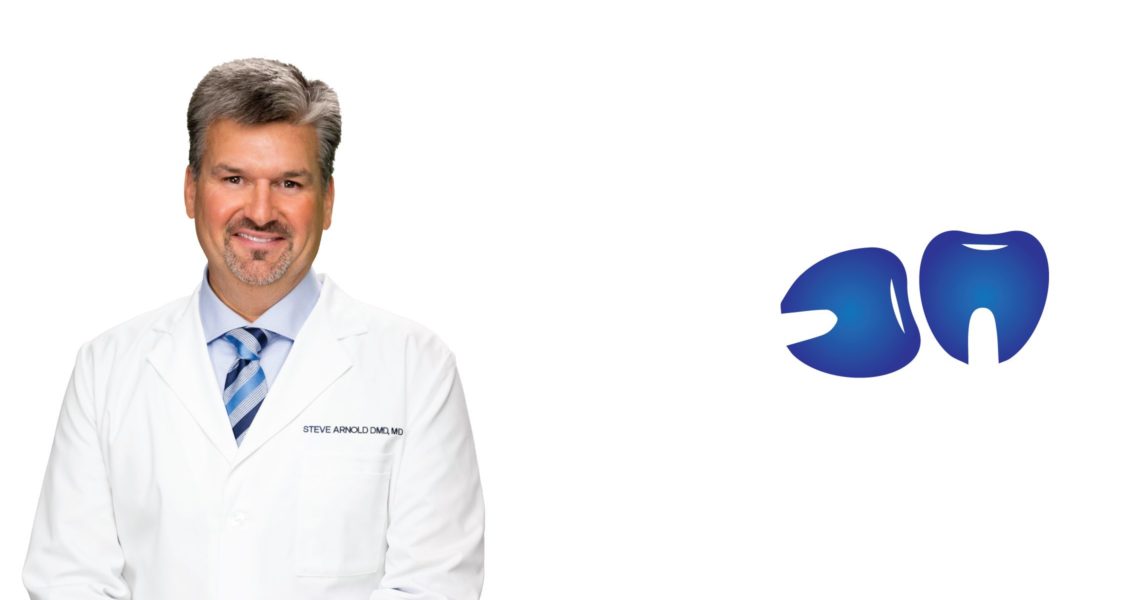An impacted tooth is one that is either partially or fully trapped beneath the gums. Any tooth can become impacted, but wisdom teeth and canines (which have very deep roots) are the most likely to be affected.
Wisdom teeth serve no purpose to the mouth, so removal is usually the best treatment for impacted wisdom teeth. Canines, on the other hand, are crucial for tearing food and guiding the alignment of the other teeth. Oral surgeons can work with orthodontists to expose impacted canine teeth and allow them to grow into their natural positions.
Why do canines become impacted?
The canines (also known as cuspids or eye teeth) are the last primary teeth to grow into the mouth. Usually, they start to come in on the sides of the upper four front teeth around age 11 or 12.
Canines can become impacted for a few reasons:
- A lack of space in the mouth
- Unusual growths blocking the tooth’s path
- The baby teeth not falling out in time
- In rare cases, the presence of extra teeth crowding the canines
What is the best way to treat impacted canines?
Recognizing and treating impacted canines as early as possible is the best way to ensure successful treatment. The canines may be able to grow in normally on their own if space is cleared (using braces or other orthodontic work) by the time the patient is approaching adolescence (around 11–12 years old). Going to the dentist twice a year for checkups is a good way to make sure your child’s teeth are developing properly.
After age 13 or 14, when the teeth are almost fully established, the canines may not be able to erupt on their own, even if there is adequate space for growth. This is because the teeth start to fuse with the surrounding bone as the root development nears completion. When the teeth can’t erupt on their own, an oral surgeon can work together with your orthodontist to expose the canines and bring them into their proper positions.
Exposure and Bonding
Exposure and bonding is a treatment method that brings impacted canines into their proper positions. First, your orthodontist will make sure there is space for the canines to grow in. Then, your oral surgeon will perform a simple procedure to move any gum tissue or unusual growths out of the way of the tooth. Once the tooth is exposed, the surgeon will attach a small orthodontic bracket and chain to the tooth. Your orthodontist will use this tiny chain to pull the canines gently into place. Once the process is complete, the bracket can be removed.
If a patient’s teeth have been impacted for an extended length of time, it may be impossible to move the canines into their proper positions. In cases like this, oral surgeons can extract the impacted tooth and replace it using dental implants.
If you are interested in evaluation and treatment for impacted canines, contact one of our offices in Alexandria, LA.




